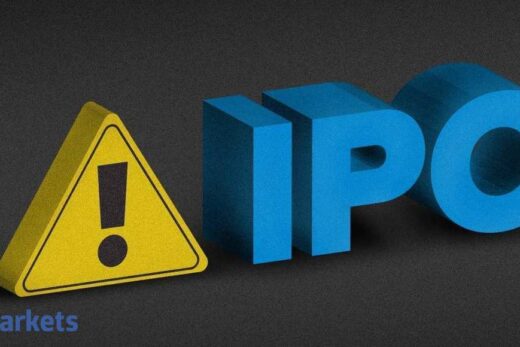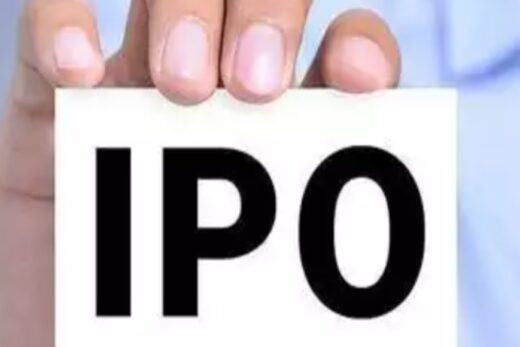The company has been one of the biggest startup success stories to emerge out of India over the past decade along with its chief rival Swiggy, Flipkart and Byju’s.
Dealers in the grey market, or the unofficial market for trading in unlisted shares, said the company could be valued at more than Rs 53,000 crore, which will make it larger than one-third of the companies that are part of the Nifty50 index.
The only difference is that most of the companies that will be worth less than Zomato are profit-making entities for several years, if not, decades. Zomato, meanwhile, is on track to post losses for the fourth successive year, at least.
The company reported a net loss of Rs 682 crore for the nine-month period ended December, Rs 2,385 crore for 2019-20, Rs 1,010 crore for 2018-19 and Rs 107 crore for 2017-18.
“We have a history of net losses and we anticipate increased expenses in the future,” the company said in its draft red herring prospectus submitted to Sebi.
Zomato has warned investors that it expects its costs to increase over time and losses to continue given the significant investments it would make over time to grow the business. The company expects to pump in millions of dollars into advertising and promotion, expanding into new markets within India, develop its platform and expand its delivery partner network.
“These efforts may be costlier than we expect, and may not result in increased revenue or growth in our business. Any failure to increase our revenue sufficiently to keep pace with our investments and other expenses could prevent us from maintaining or increasing profitability or positive cash flow on a consistent basis,” the company said.
Zomato has not only struggled to generate profit, but its track record of generating cash flows out of its operations has been less than exemplary. The company has seen cash outflow from operating activities of Rs 269 crore in the nine months ended December and reported negative operating cash flow in the last three financial years.
Much of the negative cash flow has to do with the company’s hyper investment in promotions and operations to scale-up its operations and attract new customers on the platform.
Platform companies are considered to be large cash consumers due to their hefty investments in acquiring users.
Brokerage firm IIFL Securities in a report earlier this year said it expects the company to churn out operating profit as soon as the current financial year, given the hyperscale achieved by the delivery business during the pandemic.
IIFL Securities expects Zomato’s food delivery net revenues to grow 48 per cent annually over the next five years, but fixed costs are expected to grow at only 27 per cent annual rate that may result in sharp operating margin improvement over the next decade.
Keeping IIFL’s optimism aside, investing in Zomato’s IPO will be a leap of faith for many Indian investors whose traditional valuation models may be absolute when it comes to valuing a business of Zomato’s nature.
“In giving valuations, you are not discounting what the company has earned in the last five years, but looking at what it may earn in the next 25 years. This is bizarre!” Raamdeo Agrawal, Chairman and Co-founder of Motilal Oswal Financial Services, told ETMarkets.com earlier this year.
Agrawal is not alone. Many mavericks of Indian stock market such Vijay Kedia and Rakesh Jhunjhunwala have scoffed at valuations of tech companies like Tesla, which do not yet make meaningful profits from their operations to justify their current valuations.
“It is a conundrum for investors, but the question investors will need to ask is that if the company stopped growing today will its business model generate profitability. The answer is at the heart of valuing a tech company,” said Anshul Saigal, head of portfolio management services at Kotak AMC.
Will this dilemma limit the valuations that Zomato might have deserved in a more progressive market like the US remains to be seen. What is certain is that the traditional Indian investors will need to quickly adapt its valuation models, especially when she will have to pay for a part of the company’s profit that may not materialise for the better part of this decade.



